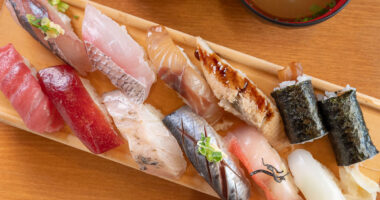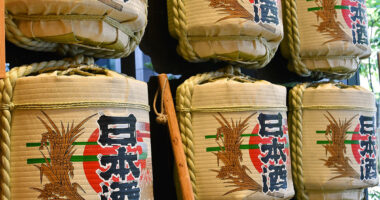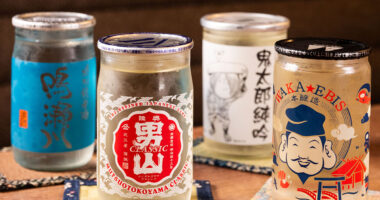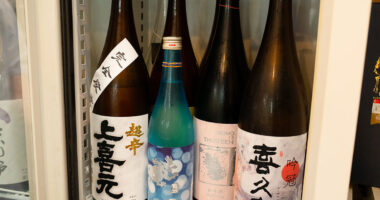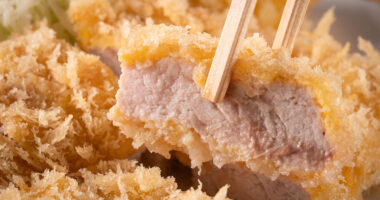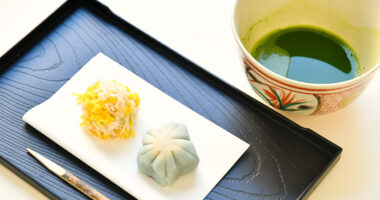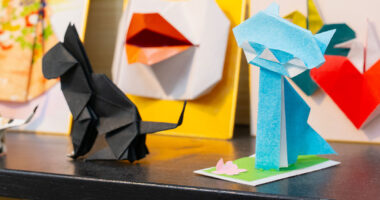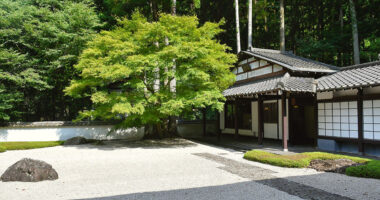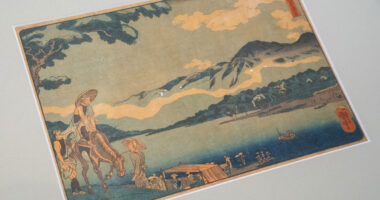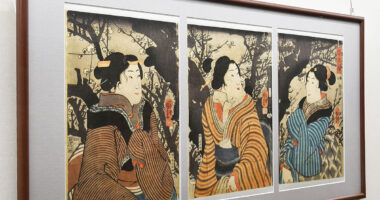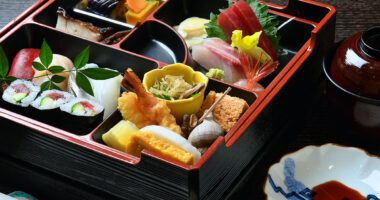
Traditional Japanese Foods: Explore Japan’s Culinary Culture and History
Traditional Japanese food transcends mere cuisine, embodying an art form steeped in history and cultural depth. From seasonal ingredients and fermentation techniques to the ideal ichiju sansai (one soup, three dishes) meal structure, Japan’s culinary philosophy reflects a unique harmony. To explore the full scope of Japanese food culture and must-try dishes for visitors, see our article, “The Charm of…
